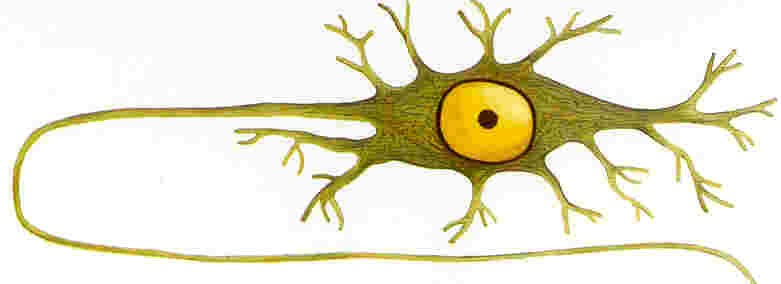
PROLEGOMENA...............
- It is essential to understand how
the neuronal system works in the spinal cord and in the epidermic sensations linked
to pleasure or pain, how those sensations first contribute to the cerebral tensions, then
to the psychological system, next as a precipitate with reference to the mathematical
universalizations, on one side, and to the creative element expressed by the tension and
not at all present in the artificial intelligence, on the other side.
- It is also interesting to
understand the historical limits of cognition, bound not only to a particular period but
also to a specific dialectic moment and to a certain specific material position requiring
some conceptual universalizations, in order to be justified, as Marx teaches.
- Interpretation is a difficult
problem to solve, well known in the history of thought as the hermeneutical problem.
- Similar problems have proved
almost unsolvable in the last decades, especially inside the dialectic-historical
materialism. An example for all is represented by the concept of ‘Class’
which cannot be drawn in a non-dialectical way out of the Marxian theory, unless you take
the risk of relegating Marxism to an archaic centennial theory, as many intellectuals with
a guilty conscience did.
- With regard to that concept I
decided to create the G.S.R.E. acronym in my ‘prolegomena’1
(standing for High Income Social Group to be used in this situationn only) and G.S.R.B.
(Low Income Social Group for the opposite case).
- A very complex situation remains
at present between the two opposite poles. I would define it as a fan-shaped situation
sometimes having a transversal inclination.
- Some of the problems emerging from
my psychoepistemology move towards a neuroscientific view in favour of a theory of
cognition. I am really convinced that the problem to solve concerns comprehension of consciousness
on a neuroscientific side.
- I am well informed about the
debate in the American Universities on the necessity to explain consciousness in that
direction. On this subject I will mention the synthesis by John Horgan in the resumptive
essay ‘The mystery of consciousness’, 1997, by Nyrev, Inc., published in the
United States and Canada, and in ‘Il mistero della coscienza’ by John R. Searle,
ed. Raffaello Cortina Editore, 1998, drawn from the Italian edition of ‘Scientific
American’.
 Neuron drawing.
Nerve cell, including the cell body, axon, and dendrites.
Neuron drawing.
Nerve cell, including the cell body, axon, and dendrites.


 Neuron drawing.
Nerve cell, including the cell body, axon, and dendrites.
Neuron drawing.
Nerve cell, including the cell body, axon, and dendrites.